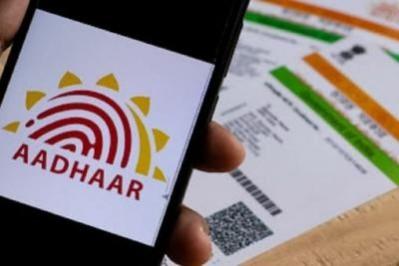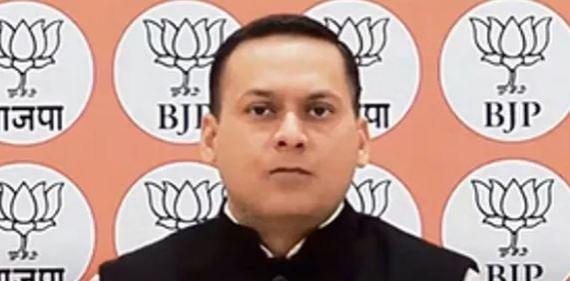
In a recent political development, BJP has expressed concerns over the Aadhaar card saturation levels in certain districts of Bihar, which reportedly exceed the population figures. This anomaly has been highlighted by BJP leader Amit Malviya, who pointed to potential discrepancies in the issuance of the 12-digit individual identification number, crucial for identity and address verification in India.
Malviya, who oversees the BJP's National Information and Technology Department, voiced his concerns on the social media platform X, stating, "Something doesn't add up," in reference to the Aadhaar saturation levels in Muslim-majority districts of Bihar.
The statement was made in support of the Election Commission of India's (ECI) decision to disallow the use of Aadhaar as proof of birth and residence for nearly eight crore voters during the Special Intensive Revision (SIR) of electoral rolls in the state, which is preparing for elections.
The districts in question, where Aadhaar saturation exceeds 100 percent, include Kishanganj, Katihar, Araria, and Purnia. Specifically, the saturation levels are reported to be 126 percent in Kishanganj, 123 percent in both Katihar and Araria, and 121 percent in Purnia. These figures are significantly higher than Bihar's average Aadhaar saturation of 94 percent.
The Muslim population in these districts is also notable, with Kishanganj having a 68 percent Muslim population, Katihar 44 percent, Araria 43 percent, and Purnia 38 percent. Malviya's remarks have raised questions about the issuance of additional Aadhaar cards, suggesting the possibility of bogus or illegal cardholders. He further insinuated that similar issues might be present in West Bengal, a neighboring state governed by the Trinamool Congress. "Now imagine what the situation must be like in West Bengal. Mamata Banerjee is already squirming," he commented, hinting at potential irregularities in the state.

The ongoing SIR in Bihar, which commenced on June 24, aims to update the voter list by adding eligible citizens and removing ineligible voters. This exercise, involving nearly 7.90 crore electors, has become a focal point of political contention, with opposition parties alleging irregularities.
However, the ECI has denied these charges, assuring a timely and smooth completion of the process. The previous such revision in Bihar was conducted in 2003. The SIR process involves approximately 77,895 Booth Level Officers (BLOs) who are tasked with visiting each household at least three times to collect filled-up enumeration forms.
Notably, about 60 percent of the electorate, who were listed in electoral rolls before 2003, are exempt from submitting documents to establish their date or place of birth. The remaining 40 percent, comprising about three crore voters, are required to provide supporting documents for verification.
The ECI mandates the submission of at least one of 11 specified documents, with Aadhaar not being part of the list. In addition to the logistical challenges, the SIR process has also faced criticism for its stringent documentation requirements and tight deadlines, which some argue could disenfranchise marginalized communities, including Muslims, Dalits, and migrant workers.
The ECI has attempted to address these concerns by allowing the Electoral Registration Officer (ERO) to make decisions based on local investigations if voters are unable to provide necessary documents. Furthermore, a complaint redressal mechanism is in place, allowing aggrieved individuals to appeal decisions to the District Magistrate and, subsequently, to the Chief Electoral Officer. The issue of Aadhaar saturation in Bihar is not an isolated incident. Historically, there have been concerns about the misuse of identification documents in India. For instance, during the implementation of the Aadhaar system, there were reports of duplicate and fraudulent enrollments, prompting the Unique Identification Authority of India (UIDAI) to introduce measures to enhance the system's integrity.
Related

















